Volcanoes of Costa Rica
Arenal Volcano blowing smoke
Part of the Pacific Ring Fire Circle, Costa Rica has over 200 identifiable volcanic formations dating back over 65 million years.
Today, however, only 100 or so show any signs of volcanic activity, while just five are classified as active volcanoes.
Most of the volcanoes in Costa Rica lie in the northern part of the country and in the Central Highlands.
Spectacular Diversity
Considered to be among Costa Rica’s top tourist attractions as they captivate the attention of both tourists and scientists from all over the world, these volcanoes are a key part of this country’s spectacular natural diversity.
This is because they have played an important role in how the lush landscape of this region has come into being.
Due to the many eruptions over the past millennia, the soil in Costa Rica is rich in many minerals and is very fertile.
This fertility in turn has contributed to dense verdant forestation, which supports not only a myriad of bird & wildlife species, but is also home to numerous tropical and exotic plants and trees as well.
Aside from their natural beauty and fertility, the volcanoes of Costa Rica are also fabulous recreational grounds for hiking, white water rafting, sportfishing, surfing, boating, swimming, kayaking, horseback riding, camping, mountain biking & exploration.
Though many of the volcanoes in Costa Rica today are regarded as ‘young,’ as they have only been formed within the last 2 million years or so, they still have a number of fantastic characteristics that make each volcano distinct in its own right.
For example, Volcan Irazú is known for its astonishing green blue lake that sits in one of its craters, while within a crater of the Poás Volcano there is a boiling acid lake.
Volcanic Ranges
The volcanoes of Costa Rica can be divided into 3 volcanic range systems.
- The Guanacaste Range is home to the Ricon de la Vieja, Orosi Volcano, Miravalles Volcano, Tenorio Volcano & Arenal Volcano.
- The Central Volcanic Range is made up of the Poás Volcano, Barva Volcano, Irazú Volcano, & Turrialba Volcano.
- The Talamanca Range has only one volcano, the El Viejo. Of all these volcanoes the Turrialba, Poás , Ricon de la Vieja, Arenal, Orosi, & Irazú are considered active and in that order.
Active Volcanoes
The Arenal is perhaps the most famous of all Costa Rica’s volcanoes. This is because it was until recently the most active volcano in the country, spewing hot gases and steam on a regular basis. All of this stopped in December 2010.
Thought to have a ‘perfect’ volcanic cone, the Arenal is indeed a sight to see as it sits towering amidst the surrounding landscape of the Arenal National Park.
The most accessible active volcano in Costa Rica is the Poás Volcano, which sits in the national park of the same name.
This volcano has only one active crater, while the other two are dormant. While the active crater has a boiling acid lake, one of the inactive carters has a lovely icy cold water lake which flows down the side of the volcano to become the Rio Sarapiqui.
Regular tours of Poás Volcano can be arranged any time. However, the best time to come and experience the Poás Volcano’s majestic beauty is during May through November when the weather is good and you can actually take a look into the volcano’s active crater.
For some of the most stunning and panoramic views visit the Irazú Volcano which last erupted when US President John F. Kennedy visited Costa Rica.
On a clear day from the volcano’s summit you can see both the Atlantic and Pacific Oceans. As the soil on this volcano is very fertile, its slopes are lush and green with plenty of forestation and pastureland's for grazing cattle.
The trails leading up to the summit are also stunning and are home to numerous exotic and beautiful birds like tapirs and tanagers.
7 Days / 6 Nights
Starting at $978 per person
10 Days / 9 Nights
Starting at $1,440 per person




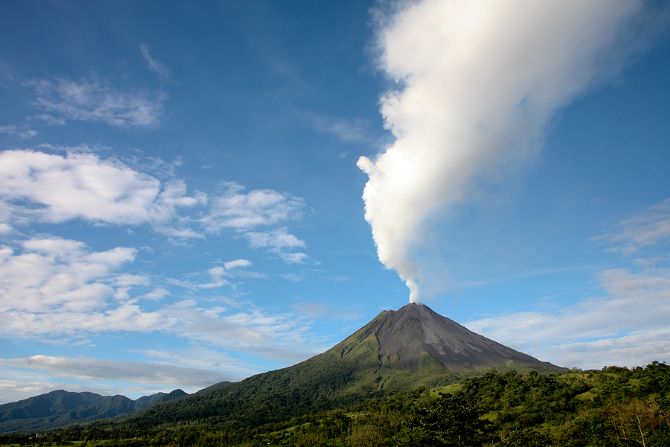
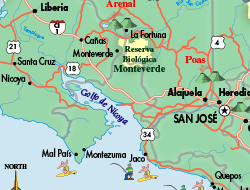
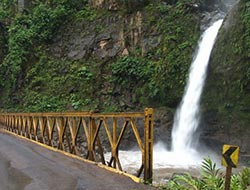
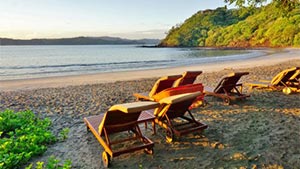
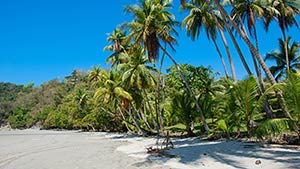
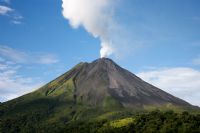
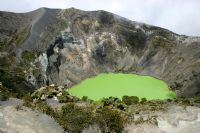
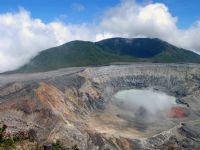

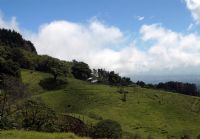
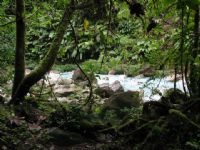
.jpg)

